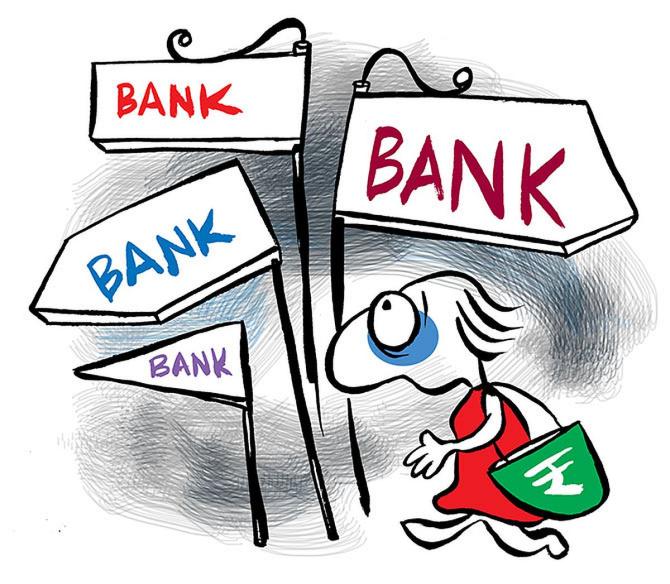The banking system's liquidity slipped into deficit for the first time in the current financial year (2023-24) due to the imposition of the Incremental Cash Reserve Ratio (I-CRR) for banks and outflows from goods and services tax (GST) payments, according to dealers.

Reserve Bank of India (RBI) data shows it injected Rs 23,644 crore on August 21.
The last time liquidity was in deficit was on March 27, when the RBI injected Rs 45,575 crore.
There is an expectation in the market that the development could prompt the RBI to announce a variable repo rate (VRR) auction to infuse liquidity.
“Apart from I-CRR and tax payments, we also think the RBI's intervention in the forex market (by selling dollars to protect the rupee from sharp depreciation) may also have played a role," a dealer at a state-owned bank said.
“The RBI might know about some inflow into liquidity; that’s why it has allowed negative liquidity.
"So, our market needs at least Rs 1 to 1.5 trillion of positive liquidity.
"It is quite unsustainable at this level,” he added.
During the August 10 monetary policy review announcement, the RBI mandated all scheduled banks to maintain an I-CRR of 10 per cent on the increase in their net demand and time liabilities (NDTL) between May 19 and July 28, effective from August 12.
RBI Governor Shaktikanta Das had emphasised that the I-CRR move was temporary and that the central bank would ensure adequate liquidity to fund the economy’s credit needs.
The central bank will review the I-CRR decision on or before September 8.
Market participants estimate a total outflow worth Rs 1.5 trillion due to GST and around Rs 63,430 crore from auctions of state loans, treasury bills, and government securities.
A segment of the market believes that tight liquidity might continue till the end of the current month, and overnight rates could inch up by 10 bps.
“Short-term rates should remain elevated, but there is some expectation of easing by the end of the month due to government spending.
"But, the overall system's liquidity should remain tight.
"Around September 15, we’ll see advance tax payment outflows that will again put pressure on liquidity,” Aditya Vyas, chief economist at STCI primary dealers, said.
“Call rates and short-term rates should be trading roughly around the current levels, plus or minus 10 basis points, but the stress in liquidity should continue.
"The market is broadly expecting the I-CRR to be extended, and whatever is non-structural in nature will be fine-tuned by RBI through the VRR and variable rate reverse repo (VRRR) options,” Vyas said.
The RBI has not conducted any VRRR auctions to suck out liquidity since August 11.
Overnight rates, including the weighted average call rate, were around 6.77 per cent on Tuesday.
Overnight rates have stayed above the repo rate (6.5 per cent) since the I-CRR norm came into effect.











